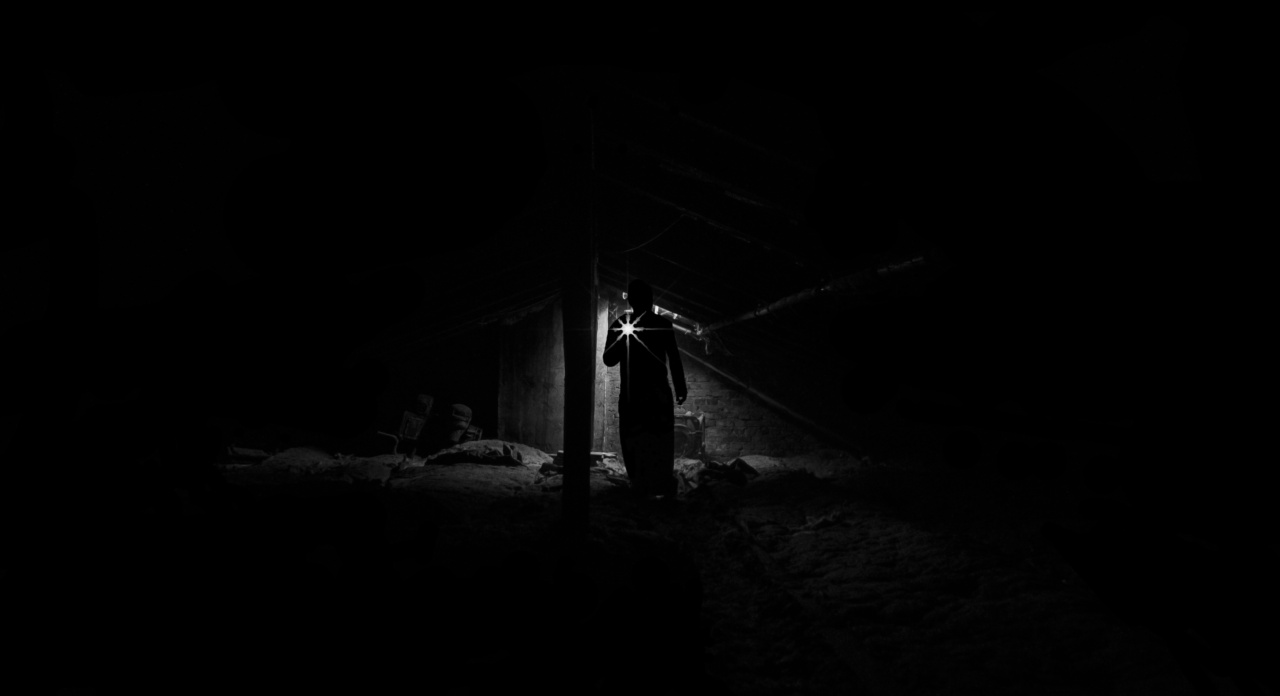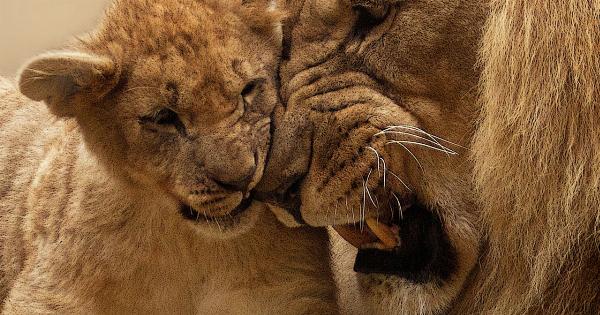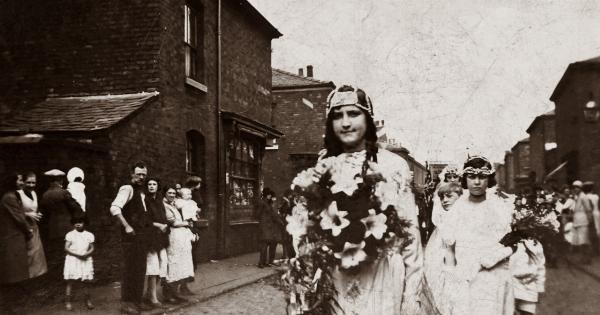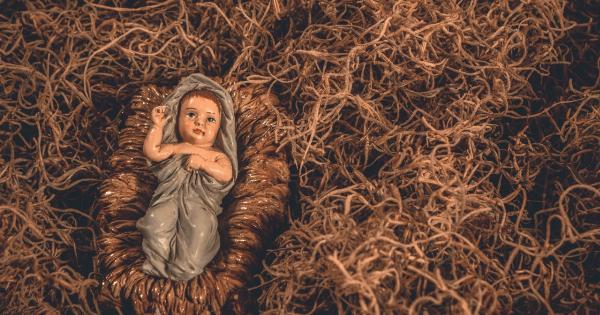Peter Pan is a beloved fictional character created by author J.M. Barrie.
He first appeared in Barrie’s play “Peter Pan, or The Boy Who Wouldn’t Grow Up,” which was later adapted into a novel titled “Peter and Wendy.” Peter Pan has since become an iconic figure in popular culture, known for his youthful appearance and mischievous nature. In this article, we explore the origins and characteristics of Peter Pan, as well as his enduring legacy.
The Origins of Peter Pan
Peter Pan’s first introduction to audiences was in the aforementioned play, which premiered in 1904.
However, Barrie’s fascination with the concept of eternal youth can be traced back to a story he wrote in 1902, titled “The Little White Bird.” It featured a character named Peter Pan, who was described as a baby who refused to grow up, possessing magical powers and the ability to fly. Barrie’s play expanded upon this concept and introduced many of the elements that are now synonymous with the character of Peter Pan.
Characteristics of Peter Pan
Peter Pan is known for his eternal youth, always remaining a boy who never ages. He is depicted as a free-spirited and adventurous character, seeking excitement and thrills in the magical world of Neverland.
Peter possesses the ability to fly, a power he achieves by sprinkling himself with fairy dust. He is accompanied by his fairy sidekick, Tinker Bell, and a group of Lost Boys who also refuse to grow up. Together, they have countless adventures, often clashing with the notorious pirate Captain Hook, who serves as their primary antagonist.
The Magic of Neverland
Neverland is the enchanted world where Peter Pan resides. It is a place of imagination and wonder, located “second to the right, and straight on till morning,” as described by Barrie.
In Neverland, time stands still, and those who inhabit it are free from the constraints of adulthood. The setting allows for limitless adventures, with mermaids, Native American tribes, and fairies among the fantastical beings encountered by Peter and his companions.
Peter Pan’s Cultural Impact
Peter Pan’s popularity skyrocketed after the release of Barrie’s novel “Peter and Wendy” in 1911.
The character has since featured in numerous adaptations across various mediums, including stage plays, movies, television series, and even video games. Peter Pan has become an enduring symbol of youthfulness and the desire to retain one’s childlike spirit, inspiring generations of individuals to embrace their imagination and never lose their sense of wonder.
The Legacy of Peter Pan
Peter Pan’s influence can be found in many aspects of popular culture. His iconic image of a boy in green tights and a feathered cap has become instantly recognizable.
The phrase “Peter Pan syndrome” has even been coined to describe individuals who display a reluctance to grow up and assume adult responsibilities. Moreover, Peter Pan’s themes of youth, escapism, and the power of imagination continue to resonate with audiences of all ages, ensuring his legacy lives on.
Peter Pan in Popular Media
Peter Pan has been portrayed by various actors in film and theater adaptations. Perhaps the most notable portrayal is by Bobby Driscoll in Disney’s animated film “Peter Pan” (1953).
The character has also been brought to life on stage, with notable actors such as Mary Martin and Cathy Rigby donning the green tights. Additionally, there have been modern retellings and reinterpretations of Peter Pan’s story, including the film “Hook” (1991), directed by Steven Spielberg.
Peter Pan’s Enduring Appeal
Peter Pan’s timeless appeal can be attributed to his embodiment of the universal desire to remain young and carefree. Despite being created over a century ago, the character continues to captivate audiences worldwide.
Peter Pan reminds us of the importance of imagination and the power of belief, transporting us to a world where anything is possible. He encourages us to embrace our inner child and to never lose sight of the magic that exists within our own imaginations.




























